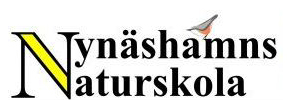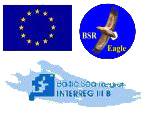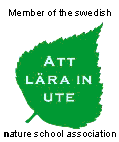|
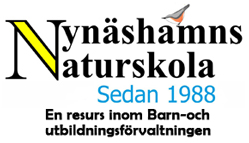
BIOLOGICAL THEMES
Movement of animals
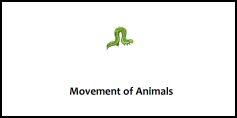
Without the ability to move around, there would be no life on Earth. Moving around is essential to many animals for finding food and a mate. Even plants move, by spreading themselves with the help of seeds or sprouts. But how is moving around possible? What kinds of adaptations do different kinds of animals in different environments have, and how do they help them survive?
This small booklet will give you food for thought and provides pointers for studying nature.
This booklet is one of the tutorials being produced within the framework of the EU-project COBWEB (the network for environmental communication around the Baltic Sea) during 2008-2011. The booklet is produced by the Natural History Museum, University of Tartu in Estonia, which is one of the seven partners that participated. Besides Estonia, also partners from Finland, Latvia and Sweden participated in this project, which is part of the Intereg IV A-programme 2007-2013. The purpose of COBWEB has been to encourage sustainable development by producing pedagogical programs for both adults and children. The project has developed through the need of communicating knowledge from the research community to actors who are working with environmental education towards preschools, schools and the public, e.g. environmental schools and nature schools.
It is important to preserve he biological diversity and the 16th national Swedisch environmental quality objective states that people will have “access to natural and cultural environments with a rich diversity of plant and animal life, which will help promote and maintain high standards of public health” and that people will have “broad knowledge and awareness of the importance of biological diversity…”. The purpose with this booklet is to increase the interest for the biological diversity by focusing on the movements of animals.
With this translation into Swedish, we, at the Nynäshamn Nature School, wish to spread this booklet to schools and preschools in the Nynäshamn municipality.
Any views presented in this material are entirely those of the COBWEB participants. They do not reflect any official position of the EU
WHERE AND HOW DOES MOVING AROUND TAKE PLACE?
For moving around, animals have occupied almost all places that are suitable for life: the underground soil, the surface of the ground, water and air. The varied nature of moving is indicated even by the words that we use for describing different sorts of movement: crawling, digging, walking, running, climbing, jumping, flying, jogging, dashing, sneaking, floating, gliding, trotting, galloping, and so on.

NATURAL HISTORY MUSEUM
UNIVERSITY OF TARTU
2010
Text: Külli Kalamees-Pani, Karin Pai, Veljo Runnel, Aivo Tamm
Drawings: Katrin Seervald
